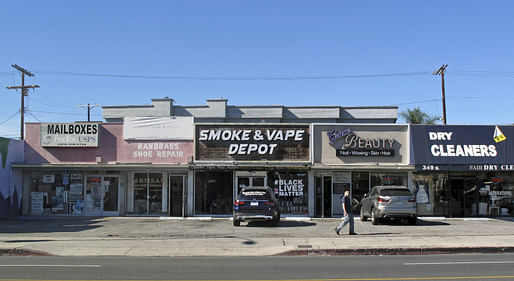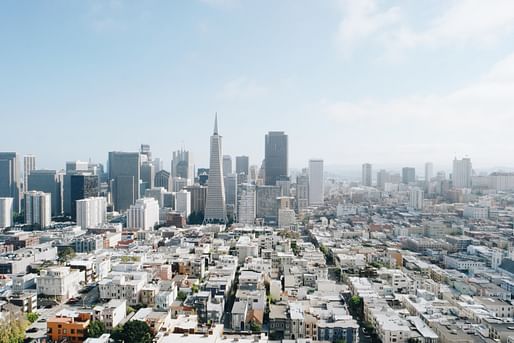

Converting empty or underutilized strip malls and shopping centers into mixed-use residential and retail developments could help solve California’s housing shortage crisis and allow stores to stay afloat amid the shift to online shopping, said housing experts and industry leaders during a panel at the Urban Land Institute’s spring meeting last week in San Diego. However, that transformation will require cities to change their land-use policies. — Smart Cities Dive
Greyfield land may be the most underutilized resource in the state’s harried attempt to create the more than 2.5 million housing units required to meet demands set forth by the Department of Housing and Community Development in March. A bill introduced last week by state rep Buffy Wicks would include them along with disused offices and environmentally unhealthy parking lot spaces in a zoning update that could allow developers to make relatively quick conversions into mixed-use sites with job-site provisions for apprenticeship employment.

With a portion of the state's population moving east, the measure has the most potential in embattled urban areas like LA or San Diego. According to a report from UC Berkeley’s Terner Center for Housing Innovation, around 40% of the state’s 50 largest cities do not allow for residential development on designated commercial plots currently. Gaining the ability to do so could be a critical factor, proponents say, as needs for moderate to above-moderate incomes account for approximately half of the state’s 2030 recommendations, which are now twice as high as the previous eight-year cycle.
“It’s not really just affordable homes that are needed, it’s across the whole spectrum,” SWA Group’s Andrew Watkins told Smart Cities Dive. “There’s really an opportunity across the board to provide housing.”
No Comments
Block this user
Are you sure you want to block this user and hide all related comments throughout the site?
Archinect
This is your first comment on Archinect. Your comment will be visible once approved.